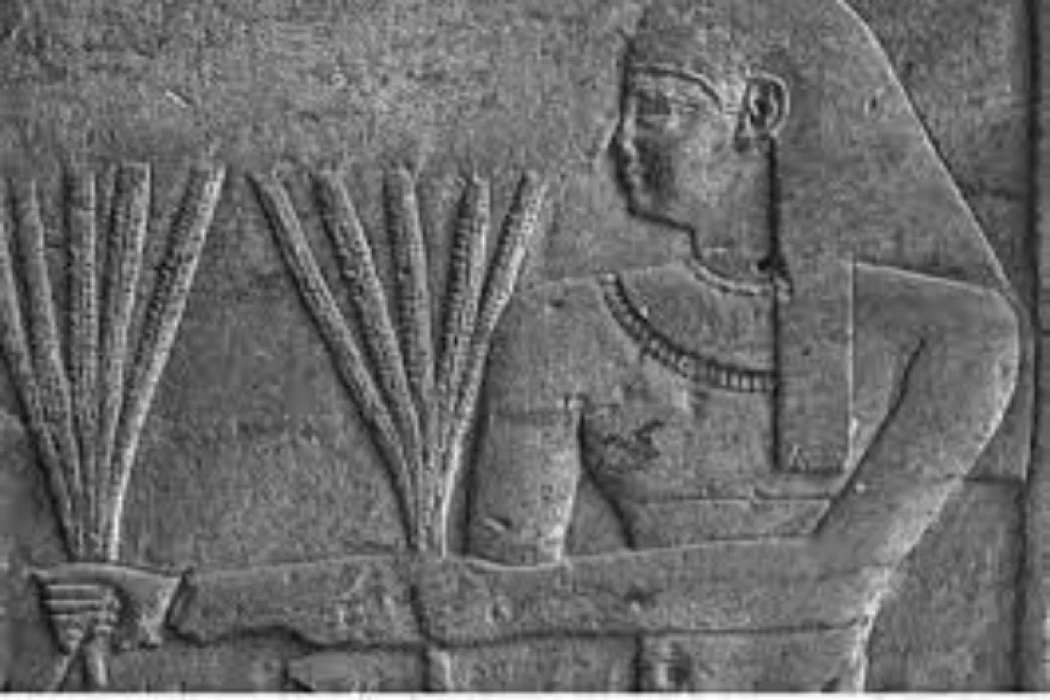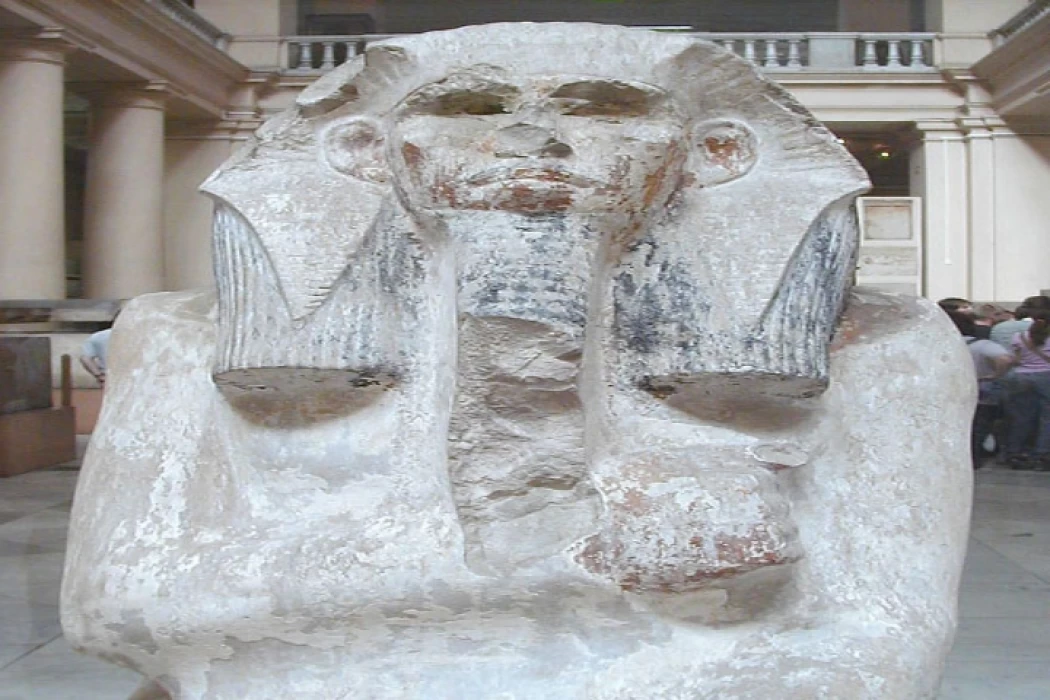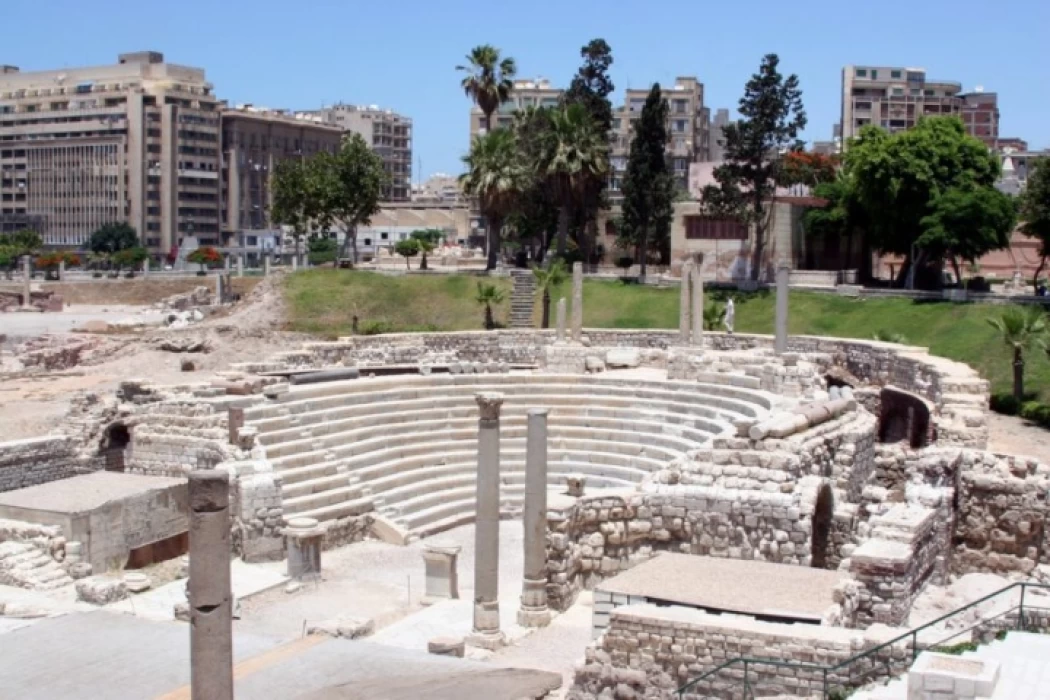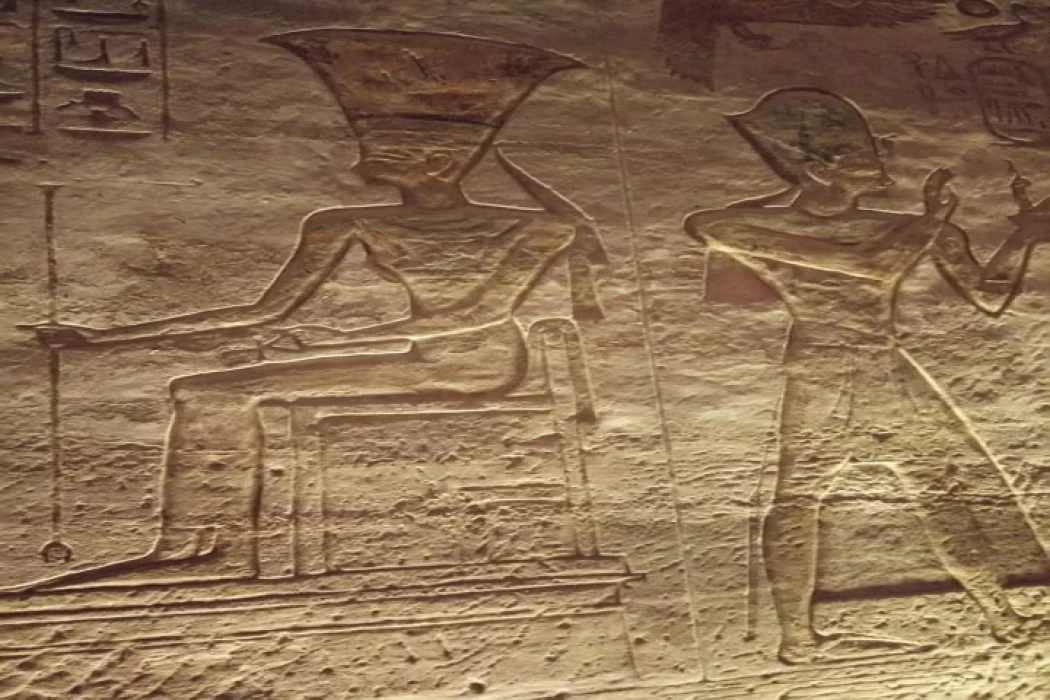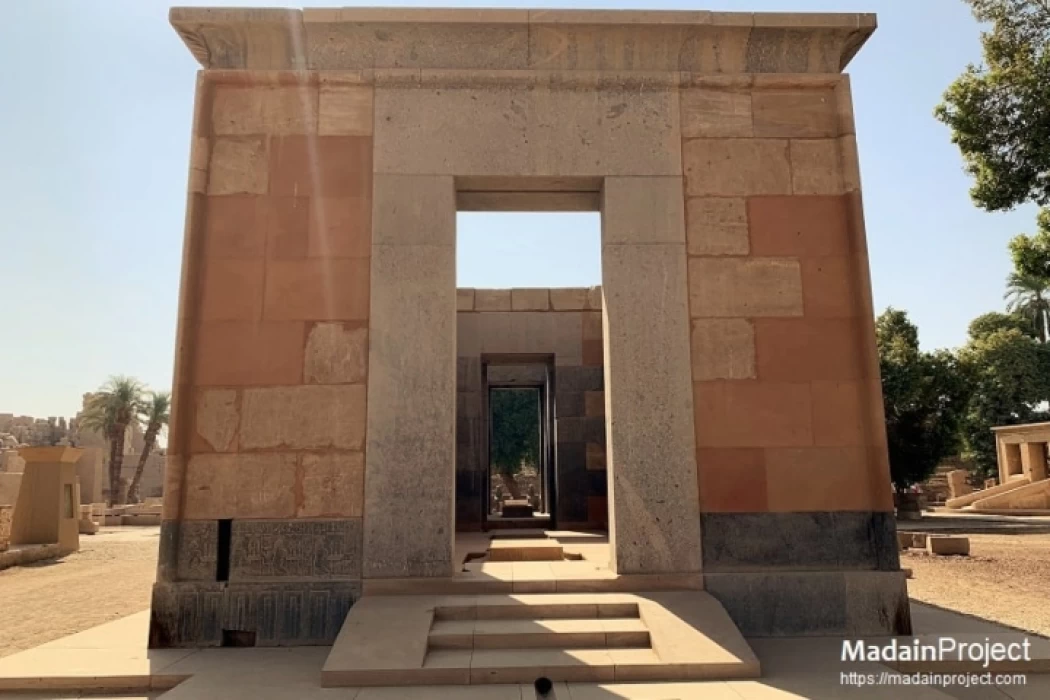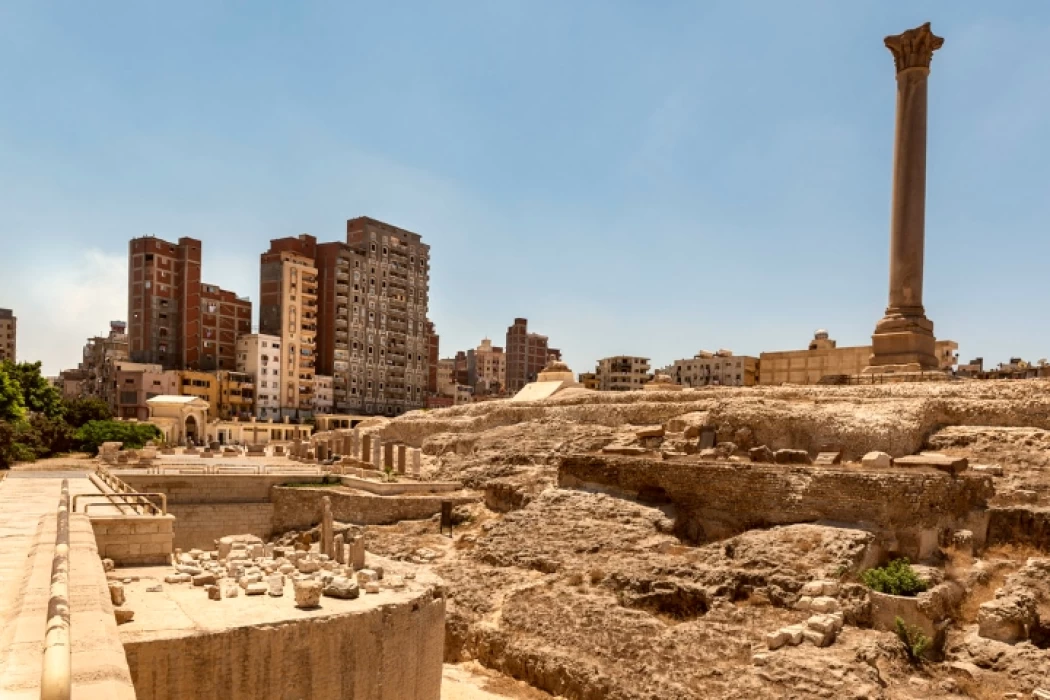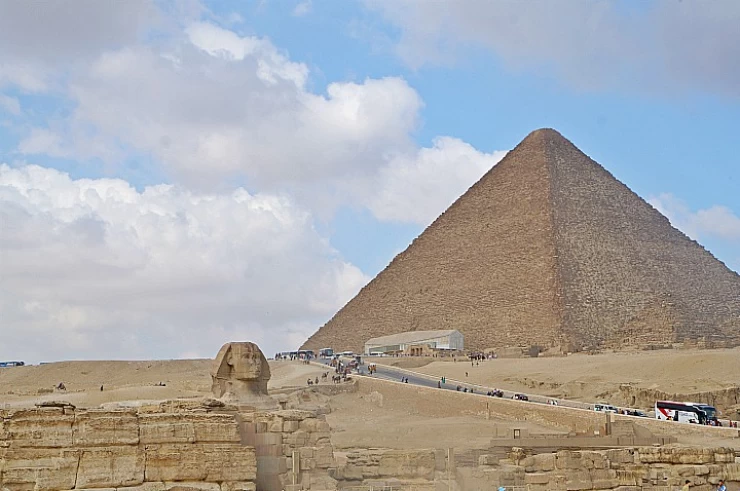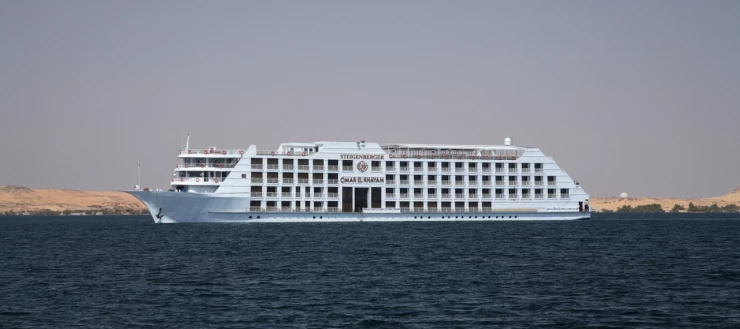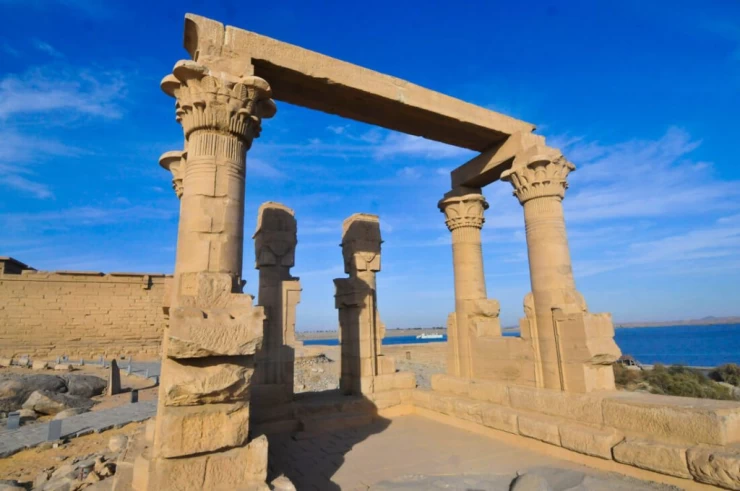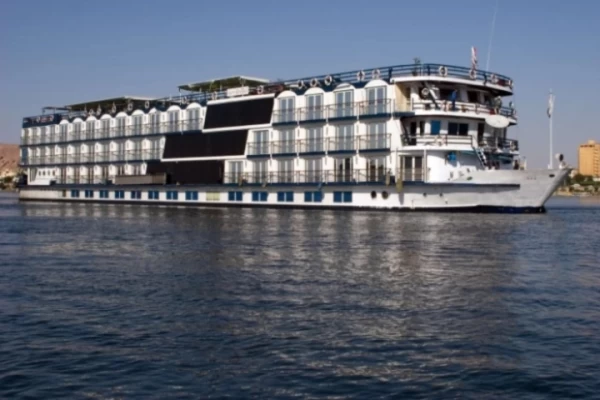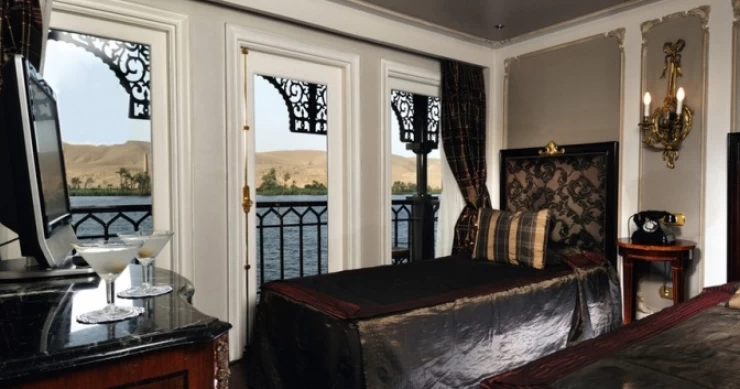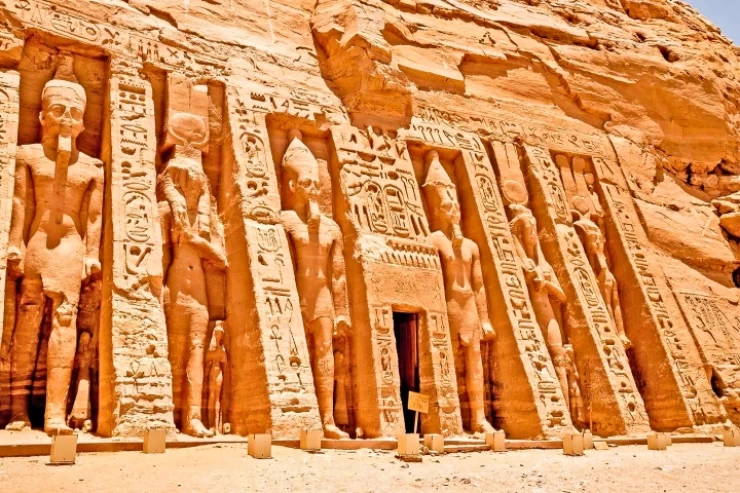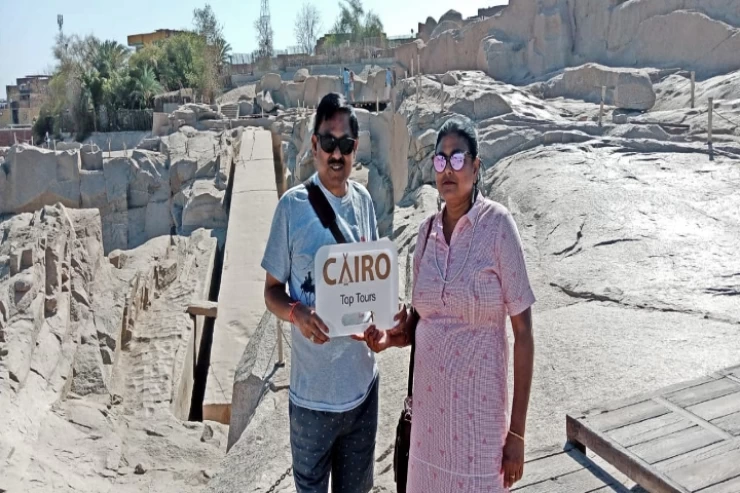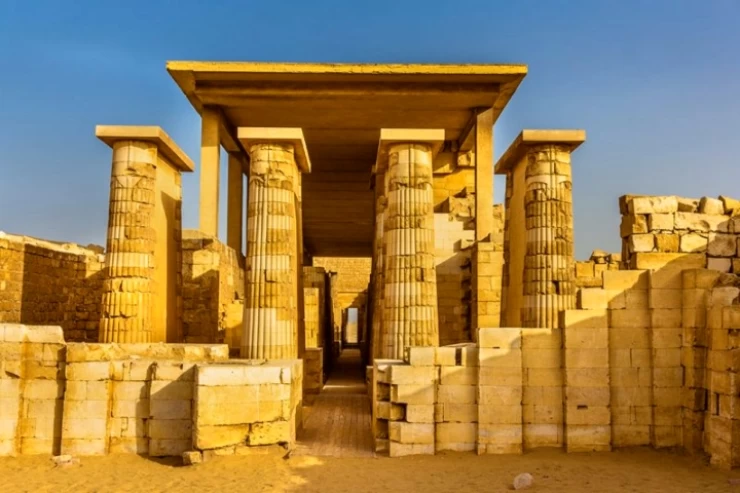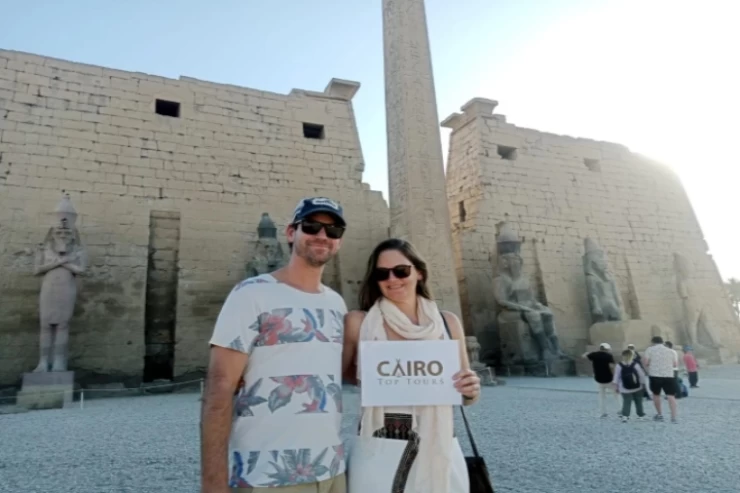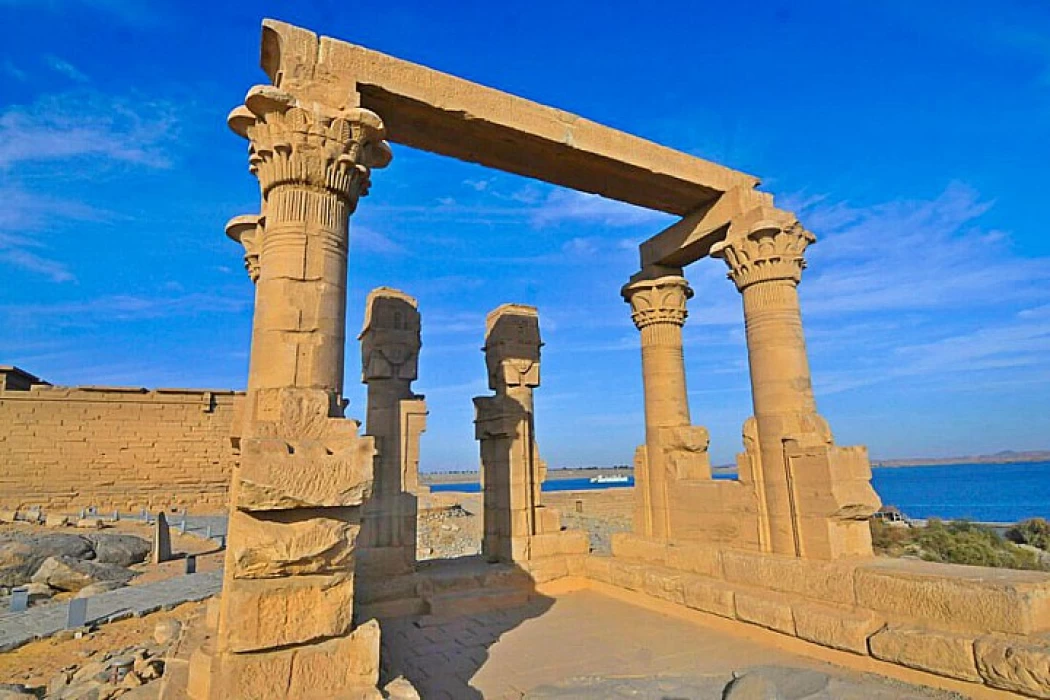
History of Kalabsha Temple
The Kalabsha temple, also known as the Mandolis temple, is an ancient Egyptian temple whose original location is Bab al-Kalabsha, about 50 km south of Aswan. The temple was located on the West Bank of the Nile and was built around 30 BC during the Roman rule of Egypt. It is a temple for the worship of the goddess Mandolis, the sun god of the Nubians. It was built on the ruins of another temple of King Amenhotep III and was built during the reign of Emperor Augustus but was not completed. The dimensions of the temple are 76 meters long and 22 meters wide. Although the temple was built in the Roman era, it contains drawings of the god Horus on the inner wall of the temple. The temple has a staircase leading to the roof, which overlooks an open view of the temple and the holy lake. There are many historical records on the walls of the temple, including the orders of the Roman commander Aurelius Bessarion in 250 AD, in which pigs are forbidden to enter the temple, as well as writings of the Nubian king Silko, in which he records his victories over belmes and represents himself as a Roman soldier on horseback and Silko was a Christian Nubian king of the kingdom of nobatia.
With the support of the German government, the Kalabsha temple was moved to protect it from being flooded after the construction of the High Dam. The new location of the temple is located just south of the dam and the relocation process has taken two years. It is the second largest temple of Nubian Antiquities (after Abu Simbel) to be moved. Although the temple is not fully built, it is considered one of the best architectural examples of the architecture of the Egyptians in Nubia
Among the most important tourist attractions in Aswan is the Kalabsha temple, which is considered one of the most interesting archaeological sites and contains many secrets, as well as the Chamber of the Holy of Holies of the God mandolis, which is a wonderful tourist destination for visitors.
"Homeland" publishes 8 pieces of information about the Kalabsha temple, according to archeologist Yusra Muhammad.
The Kalabsha temple was built during the reign of Emperor Augustus to worship the sun god, mandolis, who was believed to be the God of the Nubians.
According to research approved by the Ministry of Antiquities, the phenomenon of baptism in the Holy of Holies Chamber of the temple was discovered twice a year, namely on the days February 14 and October 29.
The walls of the temple have inscriptions depicting various deities, including mandolins, Isis, Osiris, Ptah, and Horus. It also contains Christian inscriptions dating back to the period of its conversion into a church.
The temple, which is one of the most important in Nubia, has inscriptions telling stories from the realities of ancient Egypt in the temple sanctuary.
The temple also has a historical inscription showing the victories of the Nubian king Silko.
The Kalabsha temple is the second largest temple in Nubia after the Abu Simbel Temple and is characterized by a unique Nubian architectural style.
The Kalapsha temple was moved after the construction of the High Dam, and the process of its relocation lasted for two years with the support of the German government.
The temple was converted into a church during the Coptic era, and the Coptic inscriptions on its walls are strong evidence of this.
Latest Articles
Admin
Neper God Of Grain
Neper was the deity of grains, particularly cereals that were important in Ancient Egypt, such as wheat and barley. It was stated that he foretold when the crops would grow, be harvested, and disappear.
Admin
Djoser
Djoser was an ancient Egyptian pharaoh of the 3rd Dynasty during the Old Kingdom and was the founder of that epoch. He is also known by his Hellenized names Tosorthros (from Manetho) and Sesorthos (from Eusebius). He was the son of King Khasekhemwy and Queen Nimaathap, but whether he was also the direct successor to their throne is unclear. Most Ramesside king lists identify a king named Nebka as preceding him, but there are difficulties in connecting that name with contemporary Horus names, so some Egyptologists question the received throne sequence. Djoser is known for his step pyramid, which is the earliest colossal stone building in ancient Egypt
Admin
Kom Al Dikka Alexandria
Kom El Deka, also known as Kom el-Dikka, is a neighborhood and archaeological site in Alexandria, Egypt. Early Kom El-Dikka was a well-off residential area, and later it was a major civic center in Alexandria, with a bath complex (thermae), auditoria (lecture halls), and a theatre.
Admin
The God Anuket
Anuket, in Egyptian religion, the patron deity of the Nile River. Anuket is normally depicted as a beautiful woman wearing a crown of reeds and ostrich feathers and accompanied by a gazelle.
Admin
The Red Chapel of Hatshepsut
The Red Chapel of Hatshepsut or the Chapelle rouge was a religious shrine in Ancient Egypt. The chapel was originally constructed as a barque shrine during the reign of Hatshepsut. She was the fifth pharaoh of the Eighteenth Dynasty from approximately 1479 to 1458 BC.
Admin
The Serapeum of Alexandria
The Serapeum of Alexandria in the Ptolemaic Kingdom was an ancient Greek temple built by Ptolemy III Euergetes (reigned 246–222 BC) and dedicated to Serapis, who was made the protector of Alexandria, Egypt. There are also signs of Harpocrates. It has been referred to as the daughter of the Library of Alexandria.
